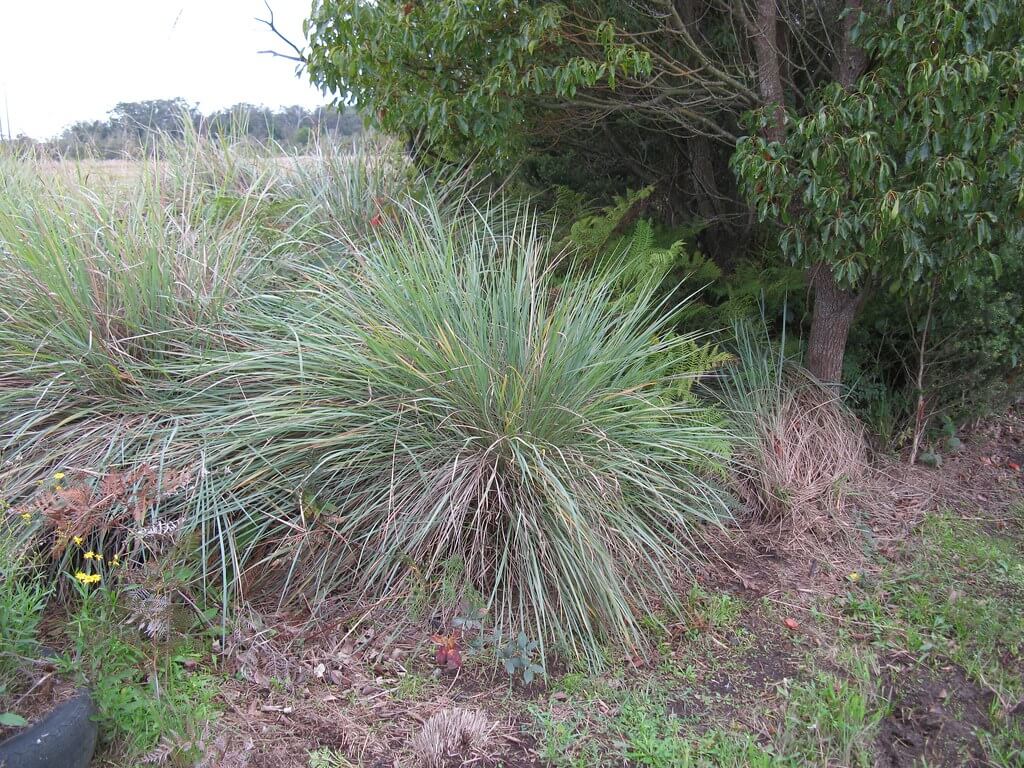Australian Plant Census (2011) available at: Vascular Plants APNI (biodiversity.org.au).
Allen, C.M. and Hall, D.W. (2007). 25.26 Paspalum.L. Manual of Grasses for North America and Flora of North America Volume 24. Utah State University: Intermountain Herbarium.
Australia's Virtual Herbarium (AVH) (2008). Council of Heads of Australian Herbaria (CHAH). Available at: Home - AVH (chah.org.au)
Clayton, W.D., Harman, K.T. and Williamson, H. (2007). GrassBase – The Online World Grass Flora. Available at: RBG Kew: GrassBase - Paspalum quadrifarium Description
Invasive.org (2007). Tussock Paspalum. The Source for Information and Images of Invasive & Exotic Species A joint project of The University of Georgia's Bugwood Network, USDA Forest Service and USDA APHIS PPQ 200.7, Available at: tussock paspalum Paspalum quadrifarium Lam. (invasive.org)
Jacobs, S.W.L. and Wall, C.A. (1993). Paspalum in Harden,G. ed. Flora of New South Wales Volume 4. Royal Botanic Gardens Sydney, New South Wales University Press.
Mallett, E. and Orchard, A.E. (2002). Flora of Australia Volume 43, Poaceae 1: Introduction and Atlas. Australian Government Printing Service, Canberra.
Regional Weeds Advisory Committee (2006). Sydney-wide Big 4 Grasses Management Plan 2006–2011.
Vignolio, O. R., Laterra, P., Fernandez, O. N., Linares, M. P., Maceira, N. O. & Giaquinta, A. (2003). Effects of fire frequency on survival, growth and fecundity of Paspalum quadrifarium (Lam.) in a grassland of the Flooding Pampa (Argentina). Austral Ecology 28(3), 263–270.






























